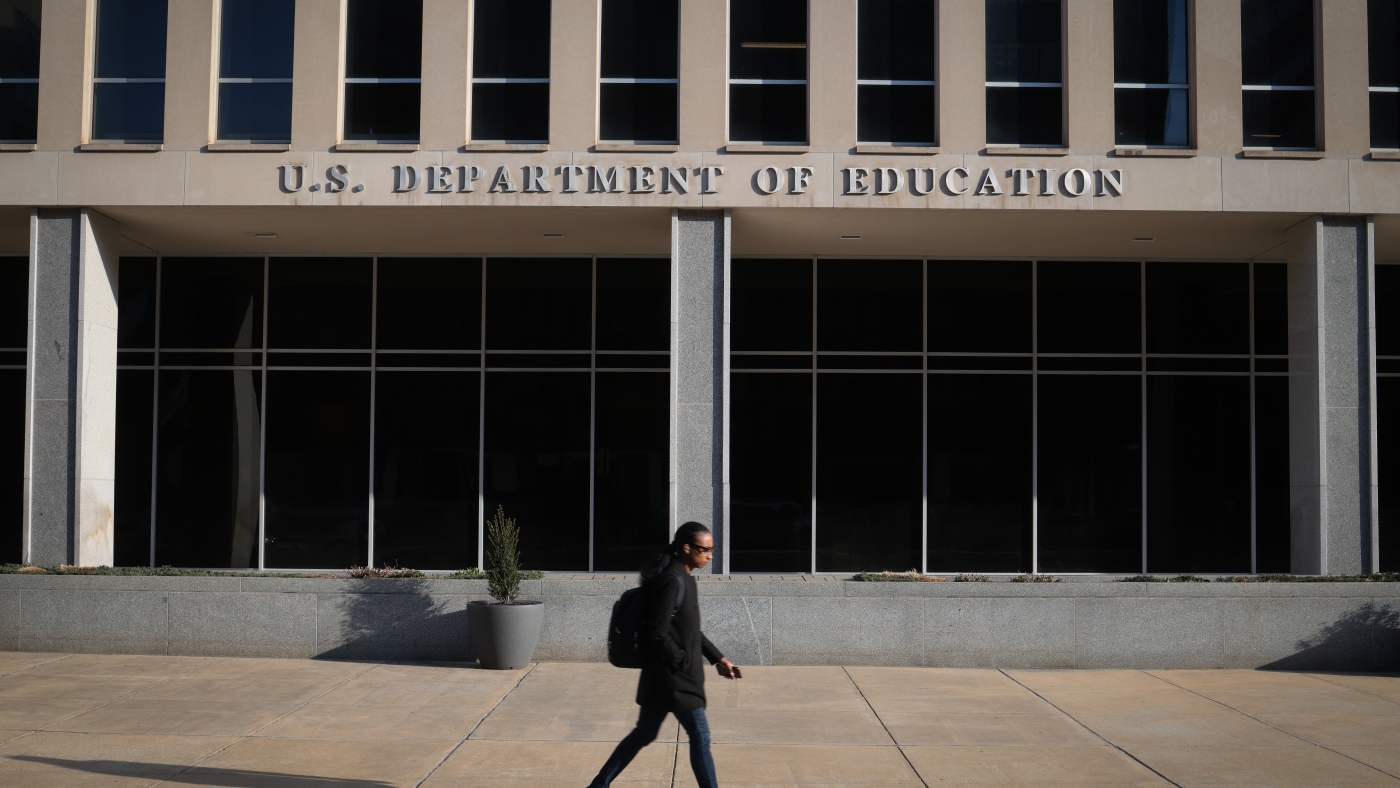Republican Plans for Student Loan Overhaul: What Borrowers Need to Know
Changes are coming to the federal student loan program under a Republican-led overhaul, which could significantly impact millions of borrowers in the United States. The proposed changes aim to simplify repayment plans by offering future borrowers a choice between fixed monthly payments or income-based repayments.
This initiative is part of a broader reconciliation package, which also seeks to extend the tax cuts introduced under former President Trump in 2017. For those interested in the detailed legislative language, the complete proposal spans 103 pages. Here’s a concise overview of the proposed changes:
The Standard Repayment Plan
The new standard plan would divide repayment terms into fixed periods ranging from 10 to 25 years, determined by the borrower’s debt amount. Payments would be structured like a mortgage, with equal monthly installments covering both principal and interest.
- Borrowers with debts under $25,000 would repay over 10 years.
- Debts between $25,000 and $50,000 would be repaid over 15 years.
- For debts between $50,000 and $100,000, the term would be 20 years.
- Amounts over $100,000 would have a 25-year repayment period.
Current borrowers will not have access to this new plan but can still utilize existing plans with varying terms.
The Repayment Assistance Plan
Addressing concerns about affordability, the Repayment Assistance Plan offers an alternative for both future and existing borrowers, with payments tied to income.
Borrowers making $10,000 or less would pay $10 monthly. Those earning between $10,000 and $20,000 would pay 1% of their adjusted gross income (AGI). Payments increase with income, topping at 10% of AGI for those earning over $100,000 annually.
Experts suggest these payments would generally be lower than those under Obama-era income-driven plans, although a minimum $10 monthly payment would be required, eliminating the previous $0 payment option.
This plan also proposes interest waivers: if a borrower’s payment doesn’t cover the monthly interest, the remainder would be waived, preventing loan growth.
Additionally, for borrowers paying at least $50 monthly, the government would match payments toward the principal, effectively reducing the loan balance.
Options for Current Borrowers
Current borrowers can choose from existing plans, including a version of the old Income-Based Repayment (IBR) plan, which will not be available to new borrowers. This IBR option bases payments on 15% of discretionary income, with repayment periods of 20 and 25 years for undergraduate and graduate borrowers, respectively.
Experts indicate the new Repayment Assistance Plan may offer lower payments for many low- and middle-income borrowers compared to the IBR plan.
Borrowers nearing the end of their repayment term under older plans may still benefit from remaining in those plans to reach forgiveness sooner.






